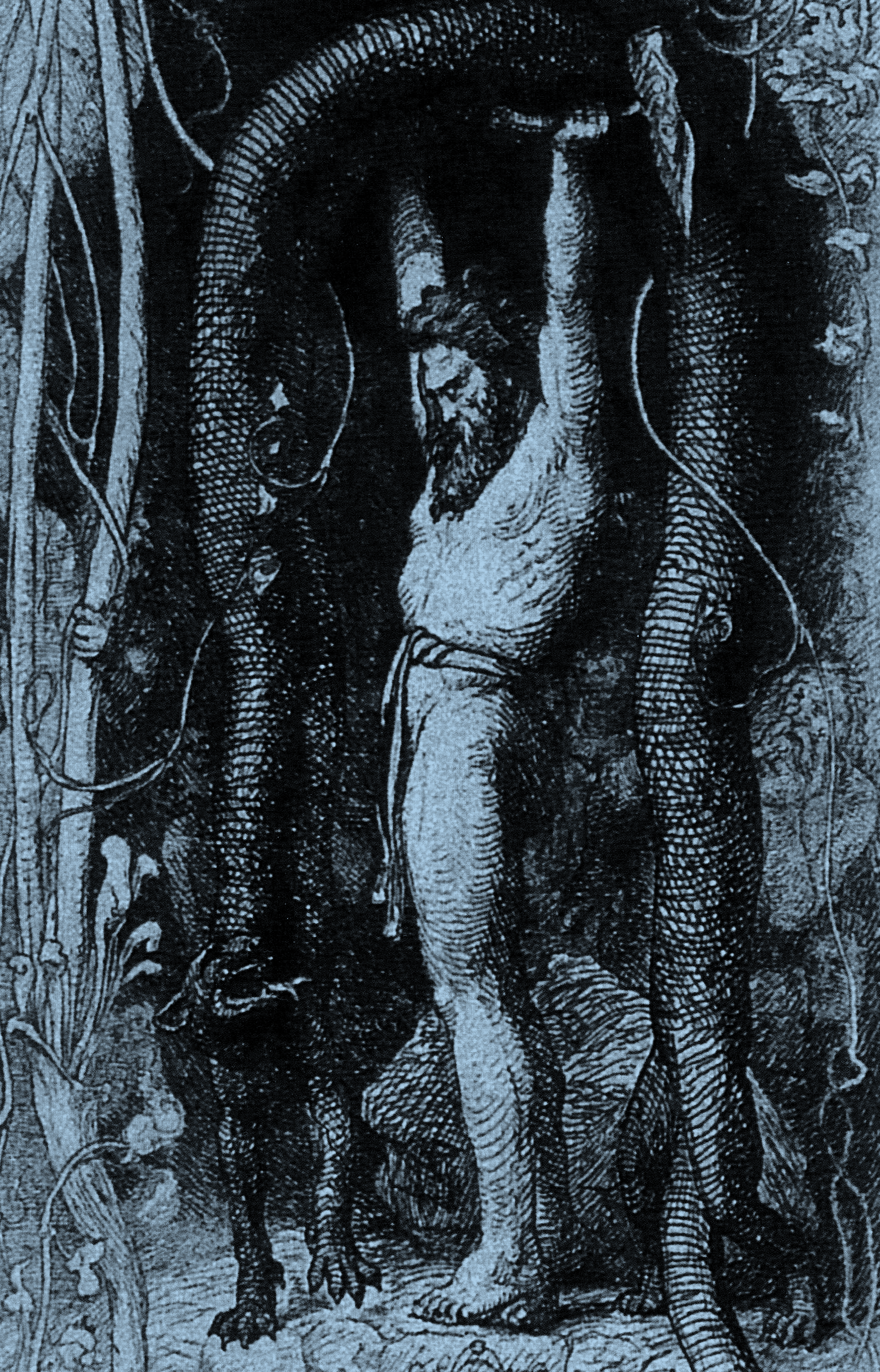The Flying Rowan, Some Ethnobotanical Notes on a Magical Tree
/I am holding in my hand shavings of a rowan tree that has never touched the ground. It might sound paradoxical, but it’s not as crazy as it sounds. These trees, called “flying rowans” (or in Norwegian: flogrogn) were sought after materials in common Nordic folk magic. With power comes taboo, of course, and this regulated its use. It was considered unsafe to make axe shafts from flying rowan, for example, but they were often used in horse tack, where it was supposed to both protect the horse as well as increase speed and mileage. Skis from flying rowan drove themselves, and it worked well against toothache, witchcraft, and sundry supernatural threats.
Notions about the flying rowan are heterogeneous, and any two regions may have had very different ideas about its uses. Sometimes regular rowan and flying rowan even had opposite magical properties. Some regions had taboos against bringing any rowan material to sea, while in others, flying rowan tied to the line was sure to make fish bite when even the best bait failed. Used as feed it made animals lusty and fertile.
Billhooks have changed little since they first appeared in Scandinavia during the Merovingian Period. Photo: Ragnar H. Albertsen / Stiftelsen Nordmøre Museum
But flying rowan is scarce. It’s rare to find anything larger than a sapling (flying rowan skis sounds like a tall tale to me), and they are even rarer today than they were in the past due to differences in how forestry is practiced. Throughout most of Nordic agricultural history it was common to pollard trees to secure winter feed for animals. Since the middle of the Nordic Iron Age, this was usually done with machete-like billhooks that often left scars in the trees. Over time as the tree got gnarlier it could create a little cleft where the odd rowan seed could get stuck, usually after the berry had been digested by a bird. And ever so often a seed would sprout, and occasionally become a tree growing in a tree. A small one, but still.
I was fortunate enough to find a very sizeable specimen growing in a tin fixture on the roof of an abandoned house when I lived in my forest cabin back in Norway, and I still haven’t used it all. The peculiarly modern circumstance to my find is a perk as far as I am concerned, in true Scandifuturist fashion. It is also said that those who carry flying rowan on their body are more likely to encounter The Hidden People, so for years I’ve made a habit out of giving away bits and pieces to friends and acquaintances with such cthonic leanings. I try to never let it touch the ground, though I’m not sure if this was ever believed to have an adverse effect on the material. Better safe than sorry, I suppose.
In Norse myth, Þórr once rescued himself from drowning in a stream of an ogress’ urine by clutching a rowan tree. Hence the enigmatic saying goes, according to Snorri, that the rowan is Þórr’s savior. Rowan is also associated with Rávdna, consort of the Sámi thundergod Horagalles (literally “Thor-man”, or Mr. Thor if you will). When writing my MA I noticed from place names that groves of rowan may have been associated with the Viking Era cult to Þórr on Iceland, though I have not researched this connection at length. It may be noted that rowan bark was commonly used as goat feed in later times and goats, of course, are the beasts of the thunder god.










